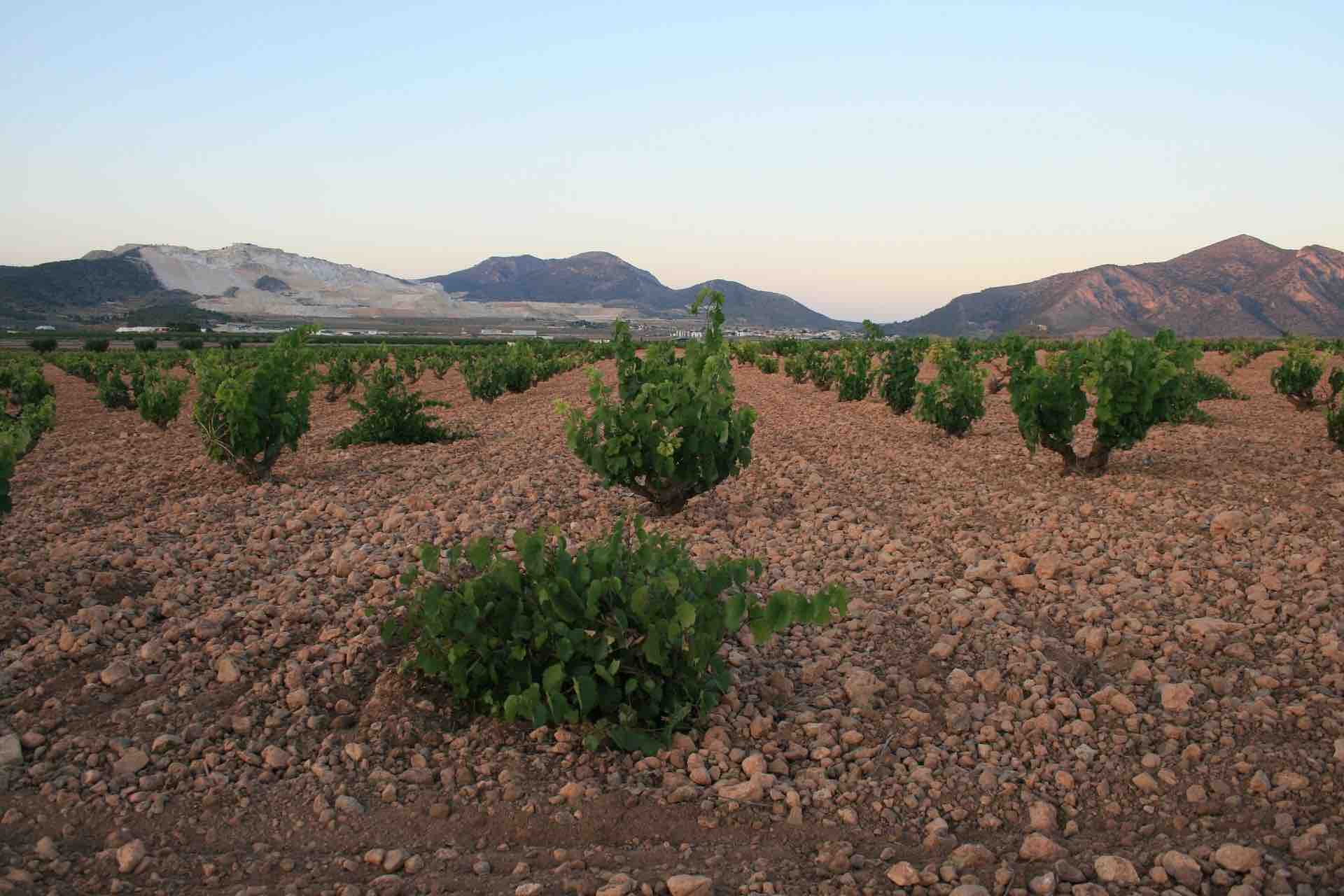
Màlaga and sweet sherry are probably the most famous Spanish sweet wines. Malaga wine is produced in two ways. Mostly it is produced as Vino de Licor, as a wine to which alcohol is added, which means that its alcohol content does not come exclusively from the sugar of the grapes. Málaga wine of the type Vino Naturalmente Dulce is not the common one, all its alcohol as well as its residual sugar comes from the grape, nothing is added.
Every Spanish sweet wine belongs to one of the two main categories Vinos de Licor or Vinos Naturalmentes Dulces. In addition, there is also the category of sweet sparkling wines, which can be found, like sweet wine, almost throughout the country including the Balearic and Canary Islands.
The Vinos de Licor have three subtypes, the Mistela, the Vino Dulce Naturale and the Vino Generoso de Licor. According to its type, the alcohol is added before, during or after fermentation.
In case ot the Mistela, usually the alcohol is added to the unfermented grape juice.
The Vinos Dulces Naturales are normally fortified with alcohol during the fermentation. The sweeter the wine should be, the sooner the wines will be fortified. For the production of these wines not only very ripe grapes, but also dried grapes can be used. for example, the Málaga Vino de Licor. But also the firn wines from the DO Emporda or the DO Terra Alta belong to the Dulces Naturales, as well as the sweet wines from Tarragona, matured in the Solera, and also the sherries of the grape varieties Pedro Ximénez (PX) or Moscatel.
A Vino Generoso de Licor is produced when a sherry, like Fino, Amontillado or Oloroso is blended with grape must or grape juice, somtimes mixed with wine alcohol or, ideally, with a Dulce Naturale of PX or Moscatel. Blending a Fino with grape must or a Vino Dulce Naturale results in Pale Cream (residual sugar 5-115 g / l), with Amontillado results a Medium Dry (5-45 g / l) or Medium Sweet (> 45-115 g / l) and with Oloroso results Cream (15 -140 g / l), respectively Oloroso dulce. Vinos Generosos de Licor are produced in the DOs of Jerez, Montilla-Moriles and Condado de Huelva.
Vinos naturalmentes dulces exists in three subtypes, the Vino de Vendimia tardía, the Vino de Uvas sobremaduradas, as well as the Vino de hielo which means ice wine.
The Vinos de Vendimia tardía are comparable a sweet late harvest. They are produced of different varieties in many wine regions. Well-known representatives are for example the white Moscatel Vendimia tardía of the DO Navarra, more complex wines than the Dulce de Moscatel, which is offered much more frequently. The DO Alicante is proud of its red Fondillon wine, made from the Monastrell grape variety. The Malvasia Vendimia tardía of Palma and Lanzarote have a high reputation in the Canary Islands.
Vinos de Uvas sobremaduradas are wines made from grapes that have been ripened. The already mentioned Fondillon wine often is made from dried grapes, as well as the wines from the region of Axarquía, part of the Málaga wine-growing region. Always made from drieed grapes are the traditional Tostados of Ribeiro or those from Valdeorras.
Riesling ice wine from the Pénedes? No problem, there is also a Dulce de Frío, an ice wine from Gewürztraminer or Xarello, often used for the production of Cava. However the grapes are not frozen in the vineyard, but in a cooling chamber. But Spain also has real ice wines, since there are vineyards in altitudes of 800 m and even 1000 m , such as in the wine regions Rueda, Rioja Alavesa or Catalyud. There, for example, ice wines are produced from frost grapes of the varieties Verdejo, Tempranillo and Viura.
The offer of Spanish sweet wines is rounded off by the fact that in addition to dry, alos semi-sweet (semidulce) or sweet (dulce) wines can be produced on all the Spanish islands and in many wine-growing areas of the Spanish mainland.
More about sweet wines from France, Italy, Portugal and Greece.